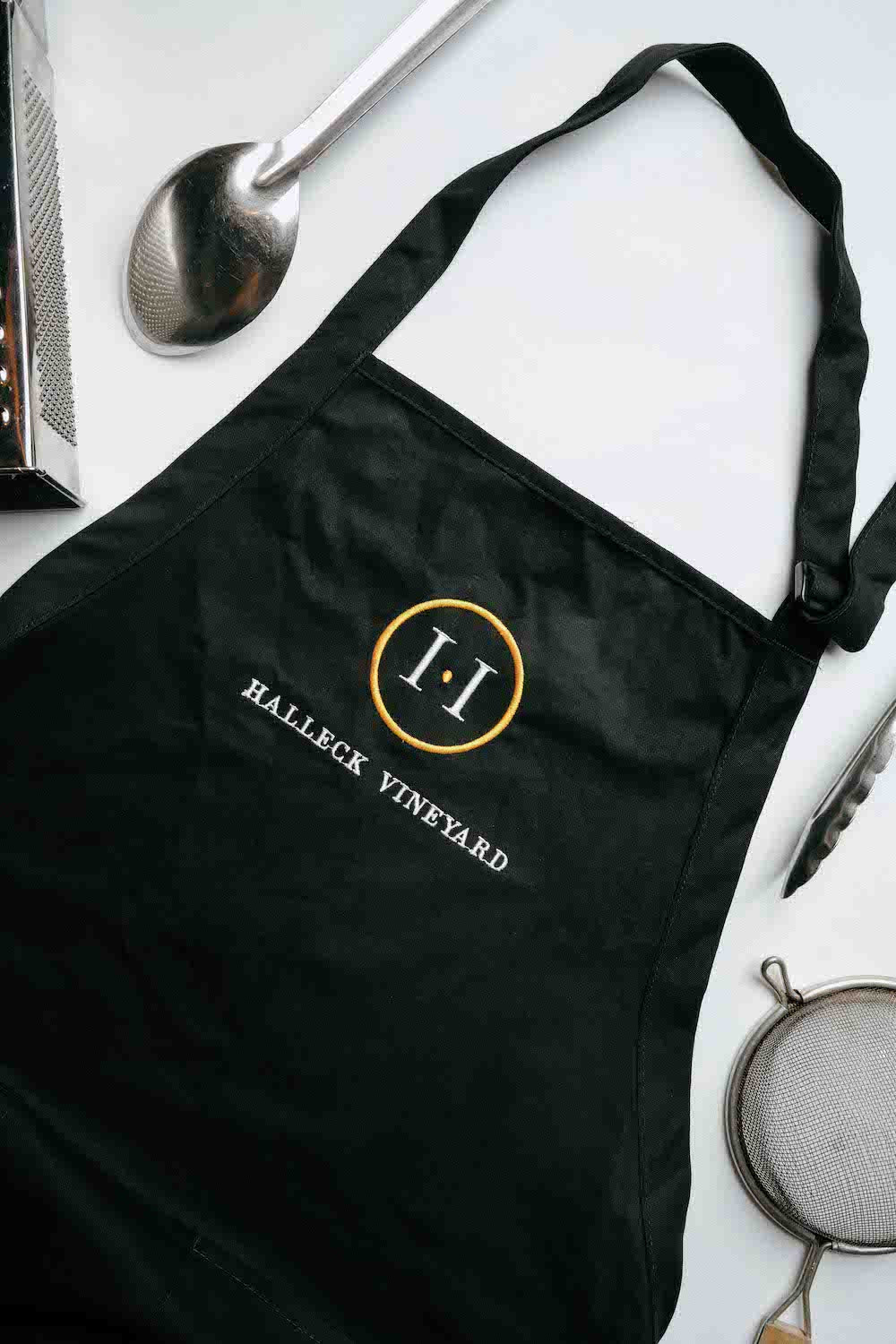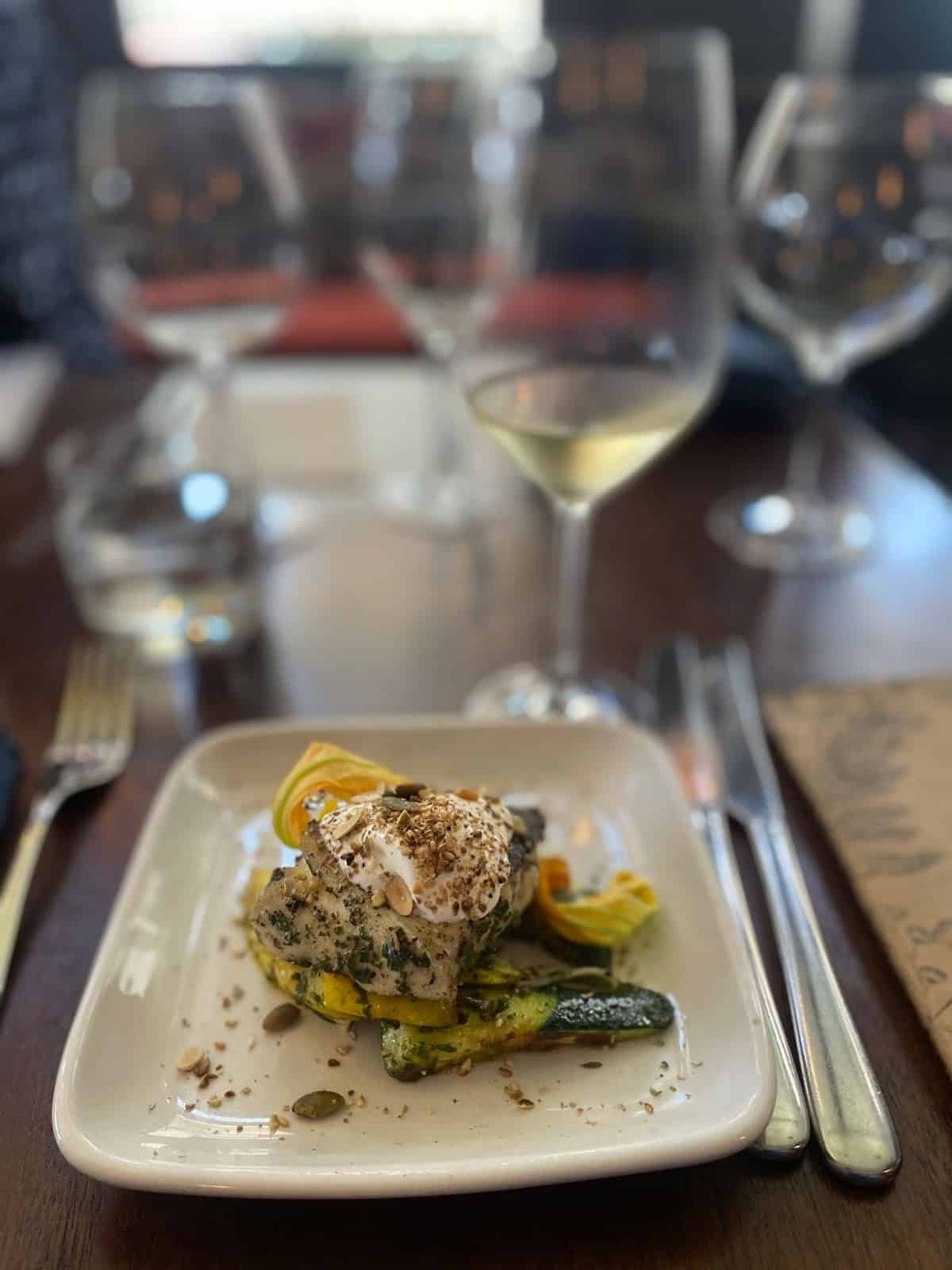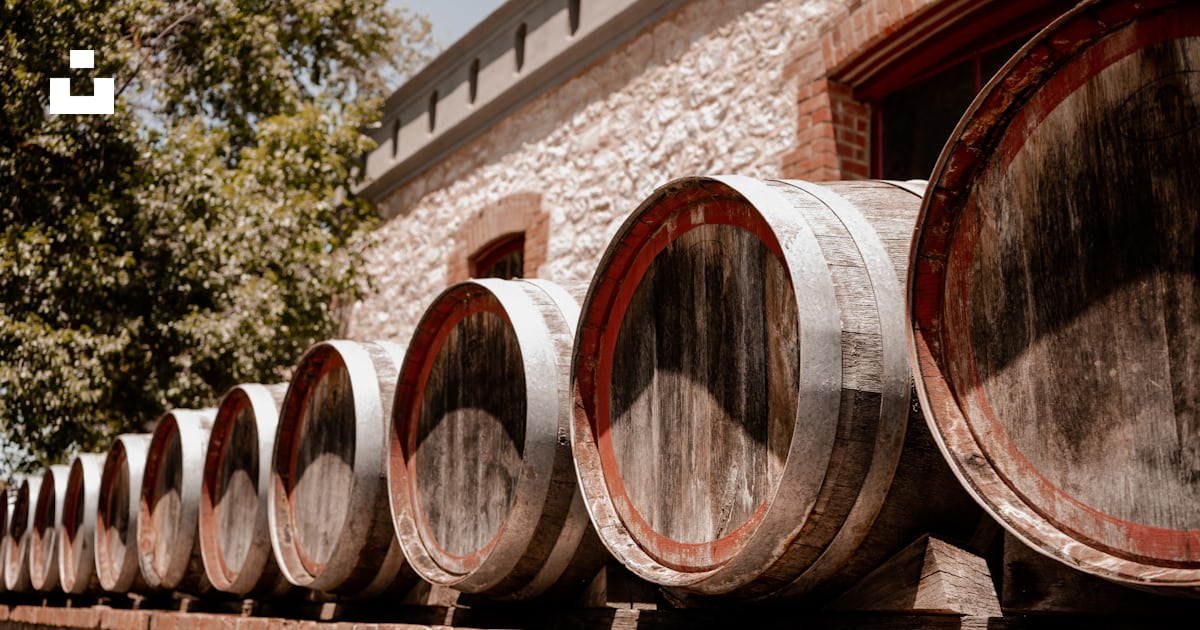Spectacular Vineyard Views In Sonoma - Exploring The Vineyards Of Sonoma
Wine tasting is an art that requires practice and an understanding of varied elements involved within the course of. One essential element of wine tasting is the development and interpretation of tasting notes, which serve as a guide for both novices and seasoned connoisseurs. A Guide To Understanding Winery Wine Tasting Notes can improve your wine-tasting experience, making it extra significant and gratifying.

Tasting notes are concise descriptions that capture the essence of a wine’s flavors, aromas, and general character. Normally composed by professional tasters, winery tasting notes offer insights into the nuances of varied wines. They can help wine enthusiasts understand what to anticipate from a selected bottle. However, tasting notes can differ broadly in style and detail based mostly on the author's experience and palate.
Sonoma's Top Sparkling Wine Producers - Discover Sebastopol's Wine Scene
When you first strategy a glass of wine, your senses will start to interact right away. The sight, scent, and taste of the wine will converge to provide you an entire experience. Tasting notes typically begin with the visual evaluation, where the colour of the wine is taken into account. Shade plays a major role in indicating the wine’s age, grape selection, and even its flavor profile.
After assessing the visual side, the next step entails swirling the wine in the glass. This motion aerates the wine, allowing its aromas to awaken. Smelling the wine offers critical perception into its complexity. The preliminary sniff can deliver a flood of scents that will embody fruity, floral, herbal, or earthy notes. This is often essentially the most subjective a part of tasting, as particular person experiences can dramatically differ.
In winery tasting notes, descriptors are often categorized into primary, secondary, and tertiary aromas. Main aromas normally stem from the grape variety, secondary aromas derive from fermentation processes, and tertiary aromas come up from aging. Understanding these categories may help you appreciate the depth of a wine, they usually also give you the vocabulary to specific your experience higher.
Wineries Offering Elegant Wine Tastings - Winery In The Sonoma Wine Region
Following the olfactory encounter, your focus will shift to the taste of the wine. This is where the first characteristics—sweetness, acidity, tannins, alcohol—come into play. Tasting notes typically detail these flavors in multiple dimensions, including the initial assault on your palate to the lingering end in your tongue. A high-quality wine will present a harmonious steadiness between these elements.
While tasting, it's essential to ponder the body of the wine, which can be described as light, medium, or full. The physique contributes significantly to your total impression, helping you consider how the wine pairs with food or whether or not it stands alone as a sipping wine. Balancing the body with the opposite characteristics provides you with a fuller understanding of what the wine has to offer.
The end of the wine, also known as the aftertaste, is another critical facet often included in tasting notes. A lengthy, pleasant end usually signifies a higher high quality wine, while a brief or cloying aftertaste may recommend otherwise. Evaluating the end can supply additional insight into the wine's complexity and distinction.
Understanding the context of winery tasting notes can additionally be useful. Tasting notes can present contextual information about the winery's location, local weather, and grape-growing practices. This context adds another layer of appreciation for the wine, allowing enthusiasts to attach the sensory experience with its origins, thus enhancing the enjoyment additional.
Wineries That Welcome Walk Ins - Wine Tasting At Sonoma Vineyards
Many wineries provide tasting notes on their websites or labels, typically written in an approachable but informative style. However, not all winery tasting notes are created equal. Some may be overly technical, whereas others would possibly prioritize marketing flair over look here insightful evaluation. Studying to navigate these notes can arm you with the knowledge to make informed choices when choosing wines.
Taking Part in tastings at wineries also can deepen your understanding of wine tasting notes. Interacting with knowledgeable workers can give you a extra hands-on strategy to exploring different wines and the language used to explain them. Wineries With Sustainable Practices. You May have the chance to ask questions, interact in discussions, and probably refine your palate in real time.
Experimentation is crucial for mastering wine tasting notes. As you sample different wines, attempt making your personal notes. Focus on describing the wine’s colour, aroma, taste, and finish. Over time, you’ll develop a personal vocabulary that resonates along with your sensory experiences. Every note you create will help refine your palate, permitting you to appreciate wines at a deeper level.
Elegant Wine Tasting Locations In Sonoma - Unforgettable Wine Tastings In Sonoma
In conclusion, a Guide To Understanding Winery Wine Tasting Notes offers a comprehensive framework for diving into the world of wines. It equips you with the strategies and language necessary to articulate your experiences. Whether you are a casual drinker or a dedicated aficionado, understanding and utilizing tasting notes can profoundly influence your wine journey. This information not solely enhances your enjoyment but additionally connects you deeply with the wealthy narratives every bottle tells. By embracing this journey, you turn out to be part of the gorgeous mosaic of wine tradition, the place every sip unveils a new story waiting to be found.
- Wine tasting notes usually encompass a big selection of sensory descriptions, together with aroma, flavor, acidity, physique, and end, allowing tasters to fully appreciate the wine's traits.
- To improve your understanding, familiarize your self with widespread wine terminology similar to "tannins," "oakiness," or "terroir," which might help decipher the notes more successfully.
- A systematic strategy to tasting includes first visually assessing the wine's color and clarity, adopted by swirling to launch aromas, then inhaling and describing what you experience.
- Taking notes during tasting can help identify patterns over time, bettering your palate and making it simpler to recall preferences for future selections.
- Don't overlook the affect of food pairings; tasting notes can differ significantly when a wine is enjoyed with complementary flavors, altering perception and pleasure.
- Pay attention to the wine’s vintage, as climatic conditions in a given 12 months can considerably have an effect on the ultimate product, including another layer to the tasting notes.
- Contemplate the winemaker's style and philosophy, which may shape the wine's profile and impression how its notes evolve with every sip.
- Training with different grape varieties can broaden your vocabulary; every sort brings unique traits that may enhance your ability to articulate tasting notes successfully.
- Partaking with wine professionals or attending tasting events can provide priceless insights, offering a richer context for understanding personal tasting notes.
- Bear In Mind that tasting is subjective; particular person preferences and experiences will shape one’s interpretation of the identical wine, enriching the overall enjoyment of wine exploration.
What are wine tasting notes?
Wine tasting notes are descriptive comments made by tasters in regards to the appearance, aroma, style, and end of a wine. They provide an outline of the wine's traits and can help shoppers perceive the style and quality of the wine.
Wine Tasting Experiences With Local Cheese - Wine Tasting And Vineyard Tours In Sonoma
Why are tasting notes necessary when selecting wine?
Tasting notes can guide you in choosing a wine that fits your palate. They provide insights into flavors and aromas, helping you to match wines with food or occasions. Understanding these notes enhances your overall wine experience.
How ought to I read wine tasting notes?
(Exclusive Wine Clubs In Sonoma)
Wineries Near Sonoma Square - Family-Owned Wineries In Sonoma
When reading wine tasting notes, pay consideration to the construction: look for descriptions This Site of colour, aroma, flavor, and end. This will help you grasp the wine's profile and decide if it aligns along with your preferences.
What terms generally seem in wine tasting notes?
Common phrases embody "tannin" (the structure), "acidity" (the crispness), "body" (the weight), and numerous flavor descriptors like "fruity," "earthy," or "spicy." Familiarizing your self with these phrases can deepen your understanding of wine.
Unique Wine And Food Pairings In Sonoma - Sonoma Wine Tasting Spots

Can I create my own tasting notes?
Yes! Writing your own tasting notes can enhance your wine tasting experience. Focus in your observations of style, aroma, and different sensory traits. This personal practice might help you refine your palate over time.
How do I determine the aromas in wine tasting notes?
Charming Wineries With Views In Sonoma Valley - Wineries To Explore In Sonoma Valley
To determine aromas, practice smelling a selection of scents and associating them with wines. Swirl the wine in your glass to launch its aromas, then take a second to breathe in deeply earlier than figuring out any distinguished scents.

What is the difference between professional and private wine tasting notes?
Professional tasting notes may use more technical language and particular terminology, while personal tasting notes are subjective and mirror particular person experiences. Both are useful for understanding and having fun with wine, but personal notes might resonate extra along with your unique tastes.
How can tasting notes improve my wine appreciation?
Wineries Near Santa Rosa - Sonoma Vineyards To Explore
Tasting notes can enhance your appreciation by helping you to understand and articulate the complexities of wine. They encourage mindful tasting and provide a framework for comparing different wines, resulting in a richer enjoyment of the beverage.
Are there any apps or instruments to assist with wine tasting notes?
Sure, there are a quantity of apps designed to assist users record and organize their tasting notes. These tools usually provide options like flavor wheel guides and wine database searches, making it simpler to track your journey through different wines.